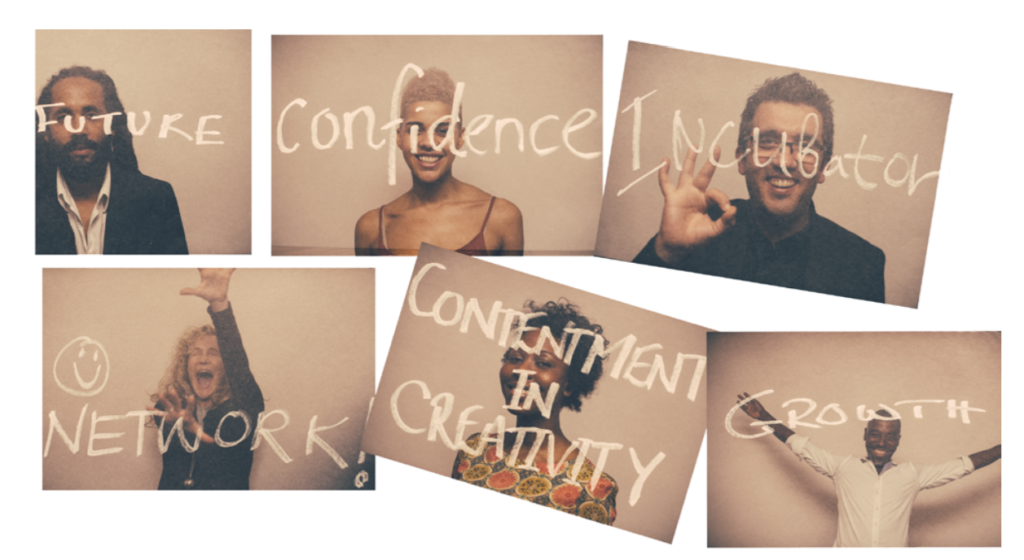Once again, arts organisations are calling out for bailouts to support them through the ongoing energy crisis. But continuing with previous patterns of bailout will hinder long-term investment in the transition to a more innovative and diverse sector – a necessary transition if we are to weather future crises.
A bailout which preserves the status quo simply makes the sector more vulnerable to future health, political and economic shocks. As with the Covid emergency funding, limited resources need to stretch to meet the needs of the whole sector and choices have to be made about how finite funds are to be distributed.
Targeted support
Ursula von der Leyen (President of European Commission) recently called for help to be given to the most vulnerable people in Europe. The UK has taken a less progressive approach, with plans for blanket bailouts and tax cuts which will leave the richest households with twice as much financial support as the poorest households.
If this is repeated for companies, including arts organisations, this will leave the best funded organisations far better off than medium and grass roots arts organisations.
Those with the largest incomes typically spend a smaller proportion of their budgets on energy. Or they are more able to mitigate any impacts of rising energy costs through having better financial reserves and access to alternative sources of funding or having greater organisational capacity.
And the same is true for arts organisations. For example, Glyndebourne invested £1m in a wind turbine that paid for itself in six years. It now generates revenue by selling back energy to the main grid, reducing its net energy costs.
The Museum of Science and Industry in Manchester received a £4.3m government grant to help it decarbonise, including a water-source heat pump for its buildings and machinery. Hampshire Cultural Trust has used the same grant scheme to put solar panels on four of the museums it runs.
Size matters
Smaller organisations don’t usually have fundraising capacity to apply for anything other than current necessities, much less think about fundraising to futureproof themselves against unforeseen energy hikes or contributing to reducing climate change. They also don’t usually own their buildings and so are vulnerable to the ripple effects of the energy crisis, like rent increases.
As with personal households, the richest arts organisations can find the resources to adapt quickly and reap any economic benefits of early adaption. Without redistributive investment – rather than ‘preservative’ bailouts – the transition to a more ecologically friendly sector becomes an extension of the inbuilt biases of the current system. A further deepening of social inequality.
No one will have it easy; the choices are stark. But the social, environmental and economic crises we face demand long-term solutions not short-term fixes. We cannot continue to pile pressure on those least able to bear it to preserve a broken system.
Black- and Brown-led organisations more at risk
What will it mean for the (already unrepresentative) racial diversity of the sector? What if Black- and Brown-led arts organisations, who are statistically underfunded and more at risk of closure, succumb to this new crisis?
In each new crisis, there is a failure to address the question of whether we can afford to keep the same number of large incumbent arts institutions, especially in London. There is a failure to address whether we can continue to bail out the bricks and mortar venues. Particularly at a time when audiences are in decline and the technology revolution means audiences can increasingly find ways to consume arts and culture virtually.
Given finite funding, any energy or cost of living bailout for large arts institutions would be at the expense of diversity in almost all its aspects; fewer smaller venues, fewer Black- and Brown-led venues, fewer regional venues and less investment in online art platforms.
Growing the diversity of our sector (in all its dimensions), rather than preserving what is already there, we should be looking to what will make our sector thrive and be more resistant to future shocks like Covid, energy hikes and economic downturns.
If we dare to look hard enough, we see that each crisis highlights underlying inequalities in our system. As such, each could be an opportunity to change the fundamentals, not to simply maintain existing structures, which ultimately are unsustainable.
Article published in Arts Professional, 26th Sep 2022




